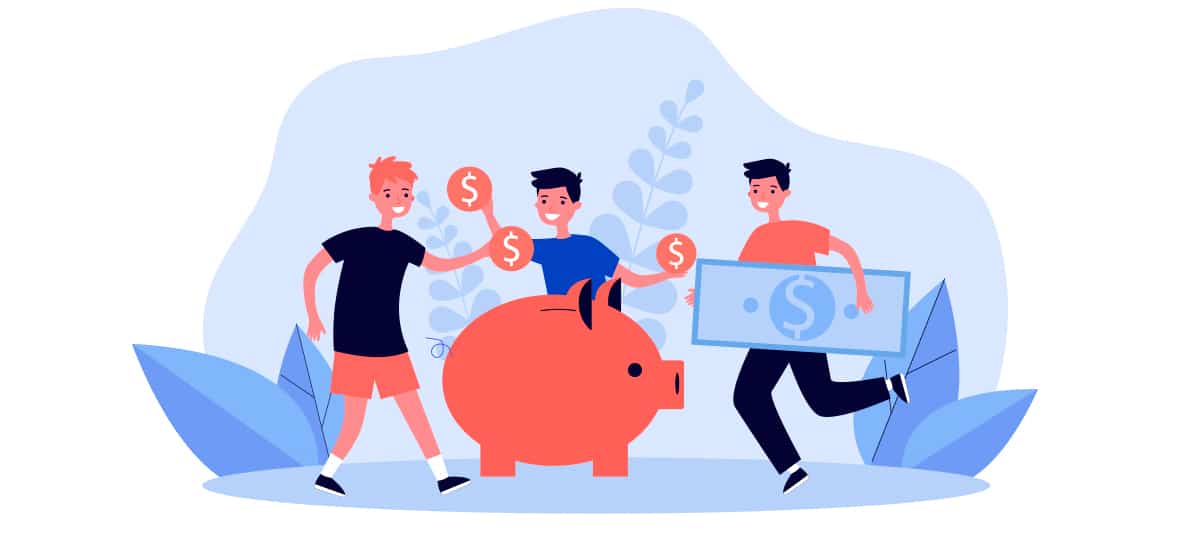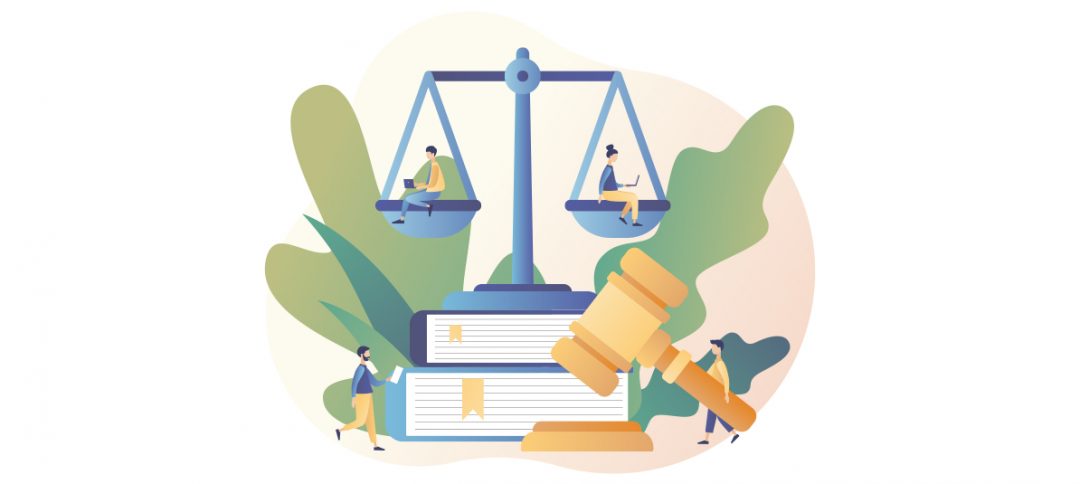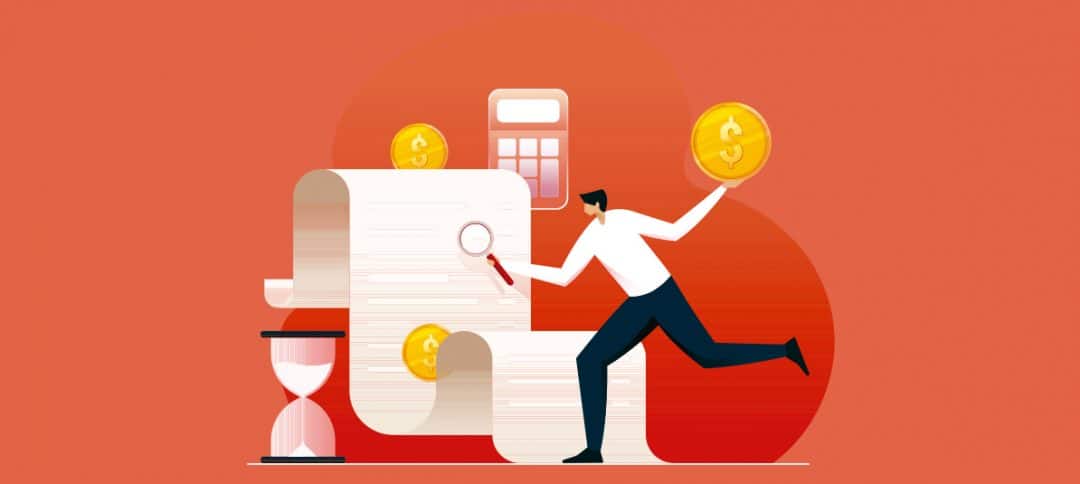And it is normal to worry about this. Some people want to wait until their children are older to teach them everything to do with money, others believe that these skills related to their financial intelligence should be enhanced from an early age and, of course, there are those who improvise as they go along.
This article discusses the advantages and disadvantages of giving your children an allowance, and how to do it.
An allowance or not?
An allowance is a tool that helps us teach children how to manage their money, no more, no less. As with any tool, it is not the only one nor is it essential. In fact, it has advantages as well as disadvantages.
Advantages of an allowance
- They learn to manage their money. The main objective of giving kids an allowance is usually so they get used to managing their money. Just like learning to ride a bike requires actually getting on a bike (theory is not enough). To manage money you have to have some, and the easiest way to achieve this is through an allowance.
- They learn to save. An allowance is once again the easiest tool for teaching children how to save and set financial goals. They can choose to spend their allowance or save part of it to buy more expensive things, for example.
- It teaches them the value of things. If your child has ever had money of their own, you know that they value it very differently from the money you give them. Just ask them if they would still want that toy or knick-knack if they paid for it with their own money. The answer may change radically. Having their money and their allowance helps them learn to appreciate what things cost.
- It makes your life easier because you don’t have to give them money every time they ask for it. The allowance should be used to pay for some of their expenses. This avoids them constantly asking you for everything they want (and sometimes don’t need). A second consequence is that they will begin to ask for less and spend less.
- Encourage their entrepreneurial spirit. If they want more money than they get for their allowance, they will have to learn to make a living for themselves.
Disadvantages of an allowance
- They can become greedy (and they probably will if we don’t help them). It doesn’t take long for children to understand that money is valuable. One consequence of this may be that they become greedy and accumulate money for the sake of doing so. Our job is to guide them so that this does not happen. Helping them set goals for their savings can help change that perception, since they will not save out of greed but to achieve their goals.
- It’s easy money . This is one of the dangers of giving an allowance. Ultimately, you’re giving your kids easy money, without them having to do very much for it. That’s something that doesn’t correspond to what they’ll come up against in the real world. Giving an allowance in exchange for nothing and without conditions is not a very useful learning experience. It is therefore advisable to establish the allowance, but also their duties, even if one and the other are not directly related, to avoid the next drawback we are going to tell you about.
- You can create a perverse incentive for housework. One of the most common mistakes is to give an allowance in exchange for household chores. The problem is that when you remove the allowance, it removes the incentive for something that shouldn’t be paid, like helping around the house. The allowance should not be tied to their obligations. They should understand that those responsibilities must be fulfilled, just as they will be entitled to their allowance if the family has agreed to it. It is a tool that will help them to be responsible on the one hand, but also to identify their rights on the other.
When should you start giving them their allowance?
Just as you would not put a two-year-old child on a bike with no training wheels, it is not a good idea to start giving out allowances too early. An allowance is still a tool and, as such, it must be adapted to the child’s age.
There is no fixed age when you should start giving them money, but ideally:
- The child already knows how to add and subtract, because they will need these skills to manage their money.
- They should understand that their allowance is not money that falls out of the sky. It is money they receive to cover a series of expenses that their parents will no longer pay for, such as weekend treats.
By the age of seven, most children will be ready to receive their allowance, although it’s always best to tailor the timing to the child.
How much and how often?
What is the best amount to give as an allowance? The golden rule is to give them an allowance they can use to cover the expenses you will no longer be paying and where, in addition, they have some left over to save.
It is very important that they get used to saving part of their allowance from an early age and that they are the ones who decide to do it. Of course, at the beginning they will spend it all, and possibly do so on the first day they get paid. Little by little they will get used to managing it better.
One way to help them understand why it is worth saving is by finding things they want to buy but that they cannot afford. It could be a treat that costs more than they have got, a toy, a book or a 3D movie ticket, for example.
Of course, the amount of the allowance should be adapted to the child’s age and increase as they get older. In this regard, it is best to let the child ask for an increase in their allowance and, in addition, make them justify it.
That way they’ll learn how to budget so they know how much extra money they will need, and they’ll learn how to negotiate and justify the raise, something that will come in handy when they’re older. Because that’s how things are done in the working and adult worlds.
How often should you pay an allowance? The frequency must also be adapted to the age of the child. It is better to give younger children a weekly allowance, while for older children it can be given on a monthly basis.
The reason is very simple. If it’s hard for you to manage your money 30 days into the future, imagine how hard it is for a child. In fact, most children tend to spend everything as soon as they get their allowance.
What if you don’t want to give them an allowance?
An allowance is just one tool to help kids learn how to manage money, but there are other different ways they can do this.
You could link payments to special tasks or to meeting certain academic milestones. You could also give them a budget so they can manage certain expenses and keep the difference or, even better, help them find ways to earn their own money. In other words, become entrepreneurs.
Another formula for helping them to save when they are a little older is to discuss different ways of investing their money. You could, for example, automatically allocate part of their allowance to a product that will give them a long-term return. They are young and will be able to see how their money grows little by little, and in that way also become familiar with a little more advanced financial techniques, such as investments.
All of these options require a little more imagination, effort and follow-through. In the end it’s not about giving the child an allowance, it’s about them having to do something special and think to earn their money.









